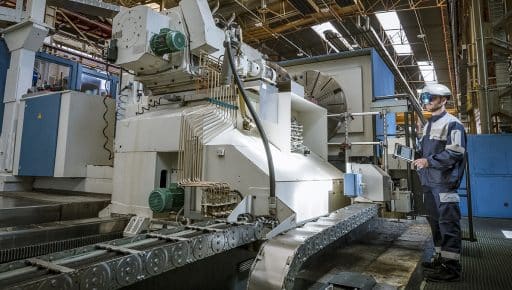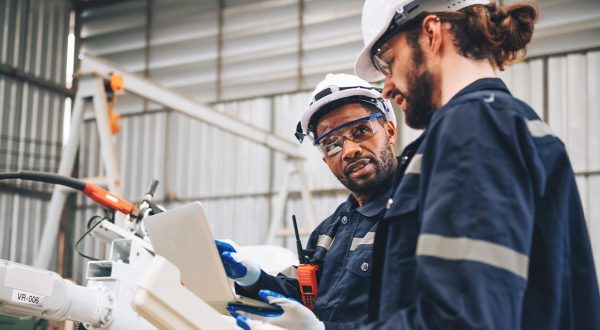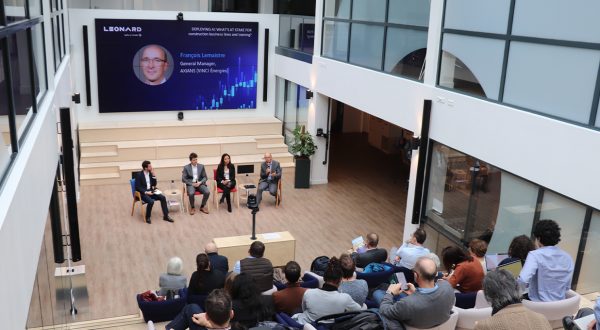Virtual and augmented reality: the obstacles hampering real deployment
Reading time: 3 min
Virtual reality and augmented reality have not yet seen widespread uptake in the industrial sector. Although applications are being developed, there are still obstacles to be removed. And manufacturers are endeavouring to do just that.

© VINCI Energies
According to the firm Forrester, virtual reality and augmented reality are among the 15 technologies to watch between now and 2021 as they are set to disrupt business operation in the same way as IoT and intelligent agents like chatbots. Despite their undeniable potential, these two technological innovations are not yet widely used in industry.
Claus Romanowsky, Business Productivity Strategist at Axians (VINCI Energies), believes that several obstacles must be removed before any real deployment can happen. “The somewhat questionable ergonomic design, limited ease of use, short battery life, and long charge time make it harder to use augmented reality,” he says. Data is transmitted via a cable, restricting the movement of the maintenance operator. “Using conventional virtual reality headsets can cause nausea, similar to motion sickness,” he adds.
“Using conventional virtual reality headsets can cause nausea, similar to motion sickness.”
Despite all that, the rapid progress being made by manufacturers gives grounds for reasonable optimism. “Microsoft HoloLens and Daqri smart glasses are helping virtual, augmented, and mixed realities develop their full potential,” Claus points out. And the three technologies offer a broad scope of application. Training, maintenance, production, design… they can potentially be used at all stages in the industrial process.
“Virtual reality is well suited to learning procedures for example, and it’s a cost-effective alternative in cases where the duplicated environment is very expensive, difficult to access, or dangerous,” explains Claus. “It can also benefit the sector by providing real-time assistance for repair tasks or for maintenance, thus helping to considerably improve understanding of problems and reducing downtime on sites.” Virtual reality can also be used to make 3D systems, such as construction drawings, interactive. Simulations open up numerous opportunities in industry for pre-testing products and production processes. “We created a mixed reality simulation programme for a power generation company,” continues Claus. “The client can now choose different types of wind power generator models and simulate the effects of wind force, maintenance, and the amount of energy generated.”
Augmented reality has already been used in areas such as remote maintenance, remote surveillance, training and technical documentation, among others.
17/10/2017


